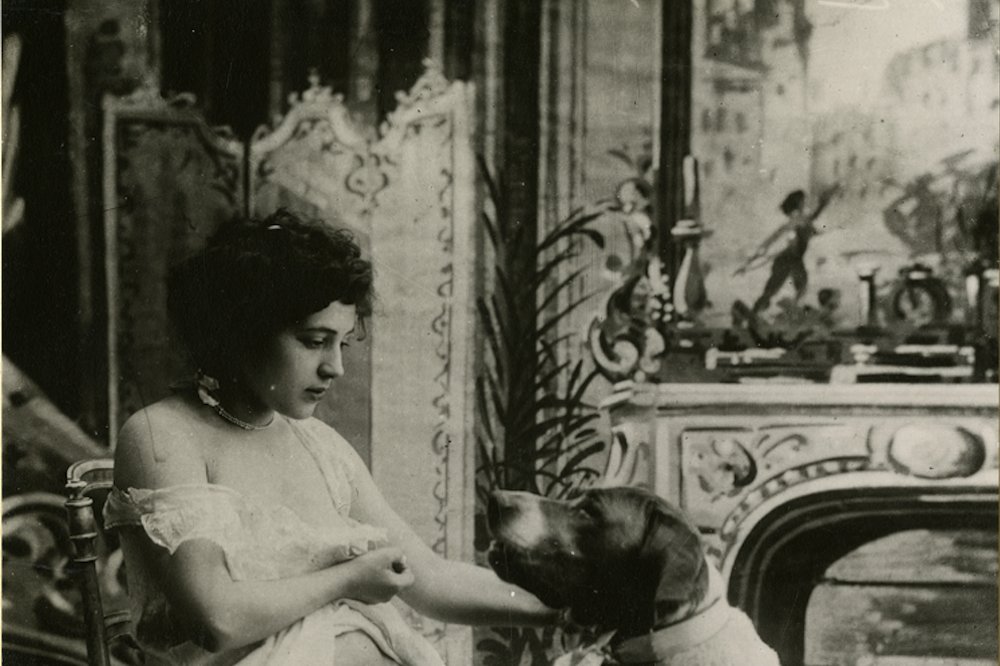The Notorious, Mixed-Race New Orleans Madam Who Turned Her Identity Into a BrandPosted in Articles, Biography, Communications/Media Studies, History, Louisiana, Media Archive, United States, Women on 2018-10-08 02:42Z by Steven |
The Notorious, Mixed-Race New Orleans Madam Who Turned Her Identity Into a Brand
Zócalo Public Square
2018-10-01
Emily Epstein Landau, Teacher [and author of Spectacular Wickedness: Sex, Race, and Memory in Storyville, New Orleans]
Georgetown Day School, Washington, D.C.
 Lulu White, the most notorious madam in the turn-of-the-century Big Easy. Courtesy of the Collections of the Kinsey Institute at Indiana University. All rights reserved. |
By Repackaging the Myths of the Tragic Octoroon and the Self-Made Woman, Lulu White Crafted a Persona That Haunts Beyoncé’s “Formation“
In 2016, music and pop-culture idol Beyoncé released the album Lemonade to rapturous reviews. As a historian of New Orleans, I was especially intrigued by the video for one of the songs on the album, “Formation.” The video includes iconic images of the city: Katrina flood waters and post-flood graffiti; “second-lines”; marching bands; crawfish eating; and even a dancing “Mardi Gras Indian.” As we move through various neighborhoods, we visit a church service, a St. Charles Avenue mansion, and, in what appears to be a move through time into the city’s past, a bordello.
The bordello scenes in the video recall famous photographs from Storyville, New Orleans’s notorious red-light district, which flourished from 1898 to 1917. And while the song is clearly about Beyoncé, the persona she embodies in it resonates with an earlier iconic black female: Lulu White, the self-styled “Diamond Queen” of New Orleans’s turn-of-the-century demimonde. Knowing Lulu White’s story helps us see Beyoncé’s artistic creation within a complex historical framework, for in it are woven together threads of American history: stories of sexual slavery and prostitution; revolution and exile; and, not least, capitalism and the American Dream.
Lulu White was the most notorious madam in Storyville. She earned fame and fortune as the “handsomest octoroon” in the South, and her bordello, Mahogany Hall, featured “octoroon” prostitutes for the pleasure of wealthy white men during one of America’s most virulently—and violently—racist periods. It was also the dawn of consumer culture and the beginning of modern advertising. Thus, Lulu White crafted a persona for herself through stories that had long circulated in New Orleans; she repackaged those stories to create what today we would recognize as her brand…
Read the entire article here.